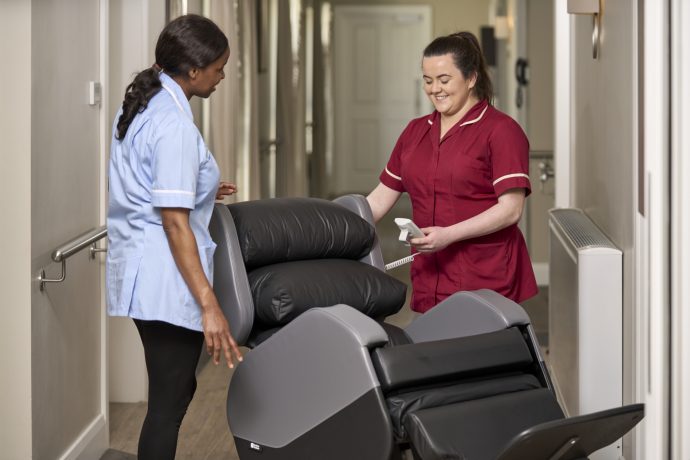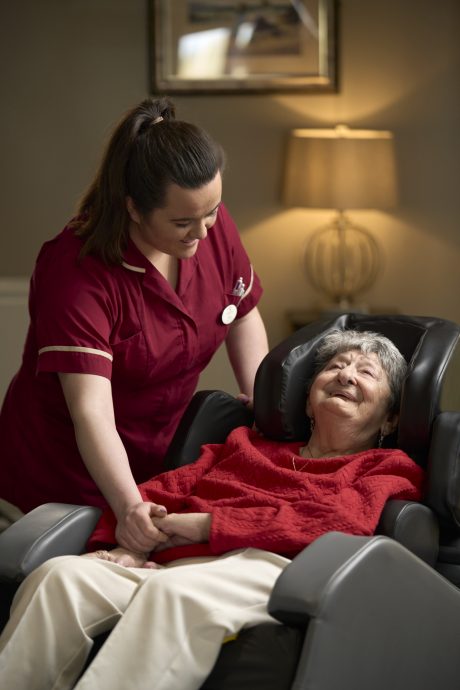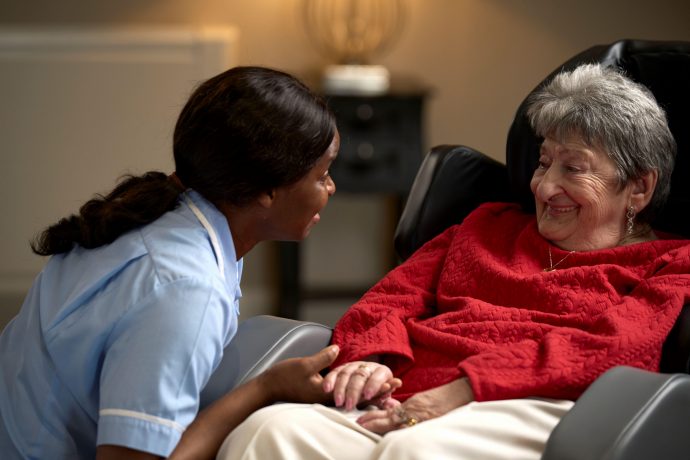
2nd September 2025


Let our online product finder guide you through our simple steps to choose the chairs that best meet your patient’s needs.
Seating Solution FinderThe Envelo cushion provides excellent pressure redistribution and comes as standard on all Seating Matters chairs, meeting the clinical needs of most clients.
Explore Envelo RangeSeating Matters specialises in clinical, therapeutic seating solutions designed to improve patient care and safety, offering products for pressure injury prevention, postural support, and mobility assistance in healthcare settings.
Learn MoreDiscover how Seating Matters has transformed lives with our innovative seating solutions - read our inspiring customer success stories now!
Customer StoriesUsed in academia, in clinical practice and with caregivers around the world to guide their practices around specialist seating.
Download Free Handbook

After determining a Seating Matters chair is right for you, it’s time to take measurements. And correct measurements at that.
Proper measurements are crucial to ensure you are getting the right chair - one that is comfortable and caters to your pressure management and support needs. A chair too tight to a patient’s body could cause friction. A chair too big, may not provide proper pressure management or allow for too much bodily rotation.
Every Seating Matters chair is specifically made to suit the patient's clinical needs and suit their individual dimensions, so it is important that we get the correct measurements before making your custom chair. We have trained Seating Specialists around the world to carry out thorough Seating Assessments that include taking accurate measurements. If you live in an area that does not have one of my local Seating Specialists, taking measurements might fall to you.
Keep reading on for our simple steps to collect accurate patient measurements.
Seat width measures the seat and determines cushion size as well as the distance between each arm.
When measuring seat width, consider which part of the patient’s seat is the widest apart (hips or knees). If the hips are widest apart, place a flat hand on each hip. With a measuring tape, measure the length from the outside edge of each hand. If the patient’s hips are abduct, their knees will likely be the widest distance. In this case, you need to measure from the outer edge of each knee. Note whether or not the patient’s knees are “windswept” to one side, they may require additional accessories to support or correct this.
Seat depth determines how long the patient’s seat will be. It is the length from the back of the buttocks to behind the knee. To measure it, place one hand on the back of the person being measured. With your other hand, place two fingers behind the patient’s knee. Measure from the palm of your hand to the edge of your closest finger, leaving about 1 inch of space to the patient’s knee.
Seat height measures the seat to floor (or footplate) length. It’s measured from behind the patient’s knee to the sole of their foot while seated. It’s important to measure this correctly as up to 19% of someone’s weight is distributed through their feet while sitting.
Just be sure to measure both legs, as some people’s legs can be different lengths or have different support needs.
Back height determines the length from the top of a person’s head to seat.
To measure, ensure the person’s body is fully loaded in their chair. Measure from the top of the person’s head, to the top of the cushion seat.
Arm rest height will determine where the arms rest. You want to ensure this measurement is correct as arm rests support good posture. You want to make sure the shoulder is supported, but not too unnaturally high. Hold the person’s arm at a 90 degree angle as if resting on an armrest. Measure from just below the arm to the top of the seat cushion.
You may need to accommodate client needs by opening the back angle on your chair. As a general rule of thumb, the hip angle should match the angle of the back of the chair.
Sign up to our mailing list to get practical tips and latest research delivered to your inbox!
Take the next step to achieve clinical excellence and a 24 hour package of care for patients.

Arrange a free, no obligation seating consultation with your local Seating Specialist.

Schedule a call at a time that suits you to speak with our experts.

Arrange a free, no obligation trial of clinical, therapeutic seating

2nd September 2025

15th August 2025

15th August 2025